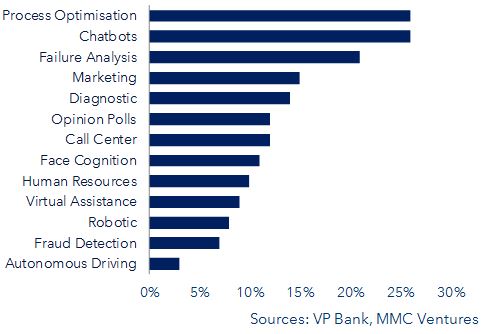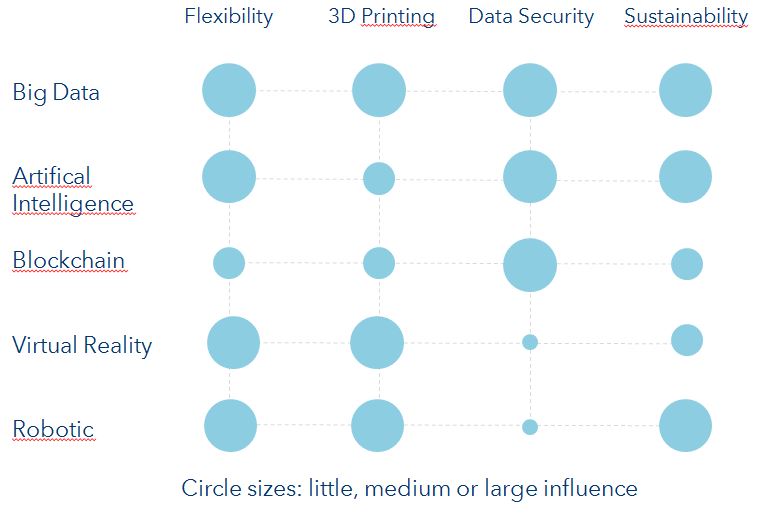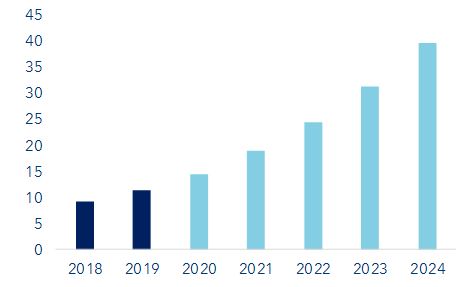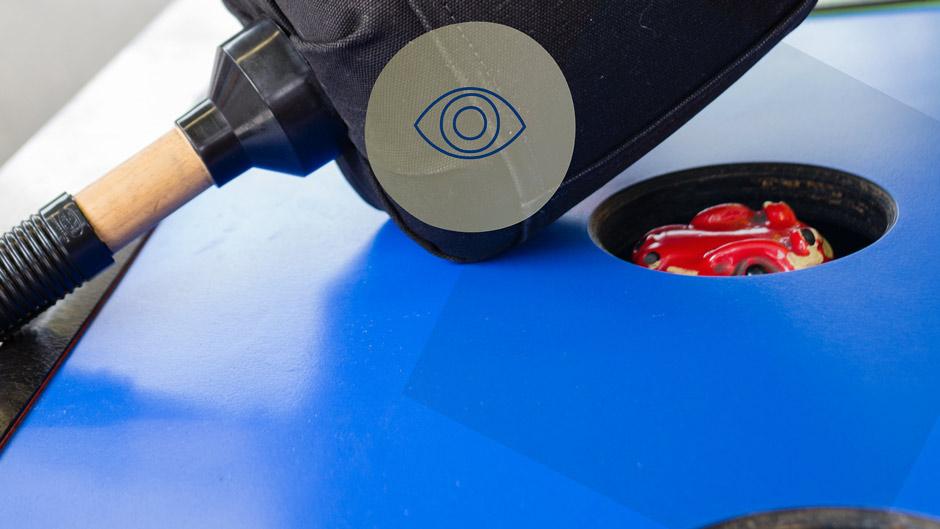The website has been created for informational purposes only. The information contained in this website is intended for the use and reference of clients or prospective clients of VP Bank Ltd Singapore Branch who/that are accredited investors or institutional investors, and other professional parties such as financial intermediaries with whom VP Bank Ltd Singapore Branch has or intends to have a working relationship.
Access to the information contained or the acquisition or purchase of the financial products/services described herein, may be restricted by national law. Accordingly, the information contained or financial products/services described herein are not intended for persons subject to any jurisdiction in which access to the information or acquisition of the financial products/services is/are prohibited or made conditional on official approval (whether on account of the nationality of the persons concerned, their place of residence or any other reason). Access to this document and the products/services described herein is not permitted for persons to whom such restrictions apply, which includes (without limitation) persons who are resident in or citizens of the USA, United Kingdom or Canada. Persons who access this website or wish to acquire any financial product/service described herein must therefore acquaint themselves with local laws and restrictions and abide by them.
By closing this window and/or proceeding with the website, you will be doing so on the basis that you are confirming that your access of the website, use of the information therein and/or acquisition of any product/service described in the website, will be in compliance with the laws and regulations of the jurisdiction or country in which you are residing and in which you are accessing the website.






Add the first comment